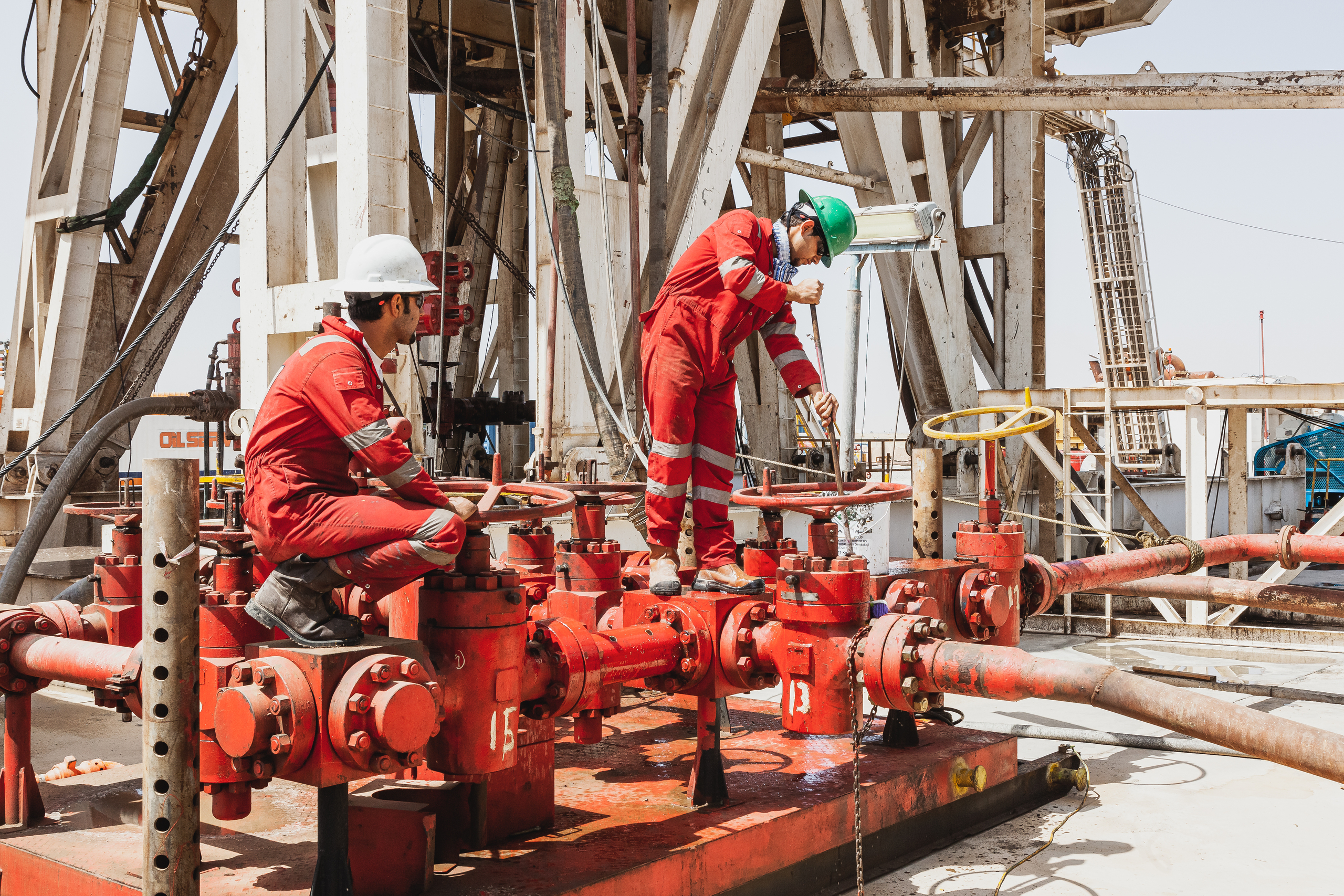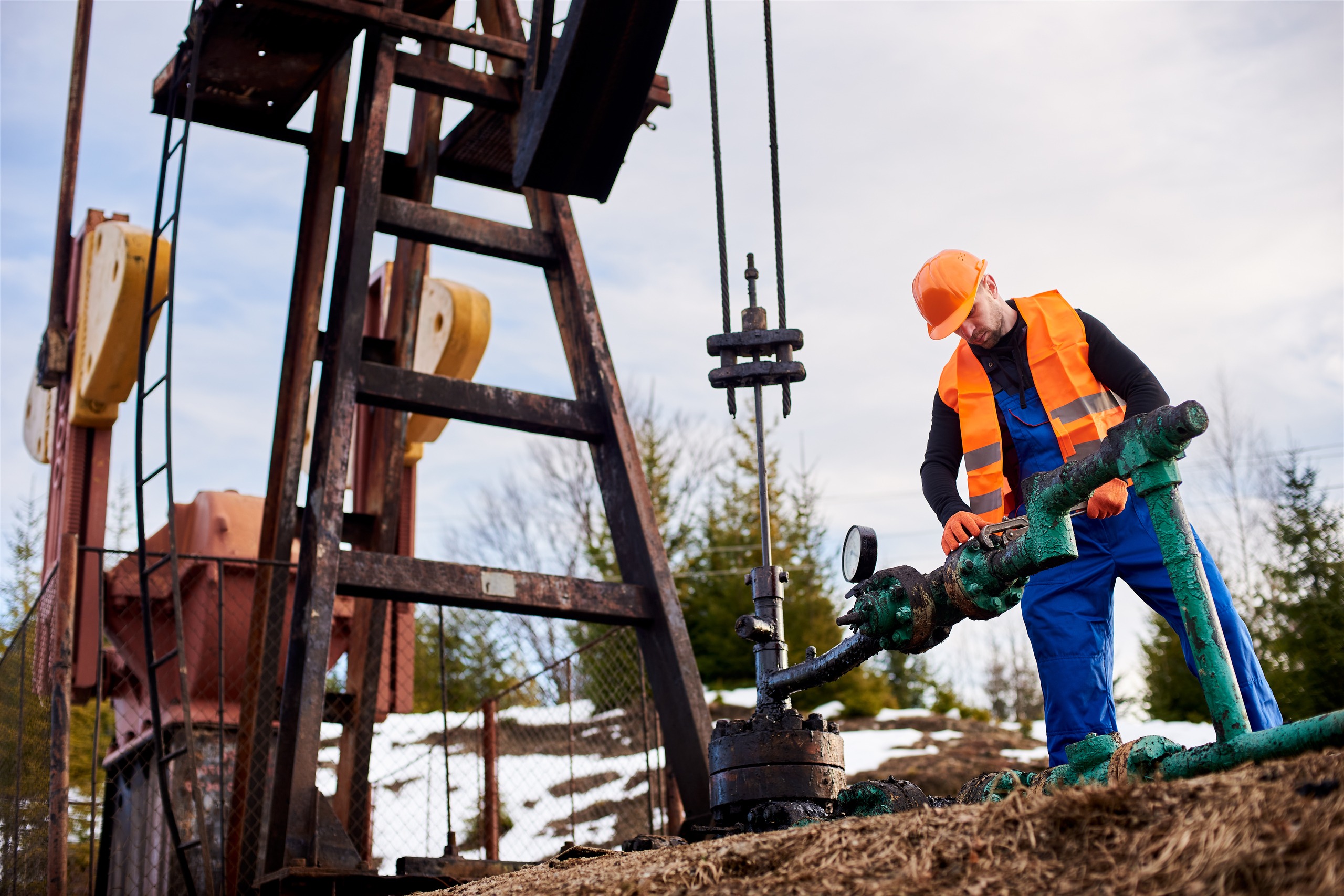Intro
In the oil and gas industry, efficiency and safety are primary concerns to managers. To meet the goal of constant safe and reliable operation, advanced machinery and tools are employed to carry out complex tasks. One such vital tool is the iron roughneck.
This blog aims to explain what an iron roughneck is, its purpose in oilfield operations, the challenges associated with its maintenance, the role of predictive analytics in failure prediction, and the consequences of iron roughneck failures on operations and companies.
Understanding the Iron Roughneck
An iron roughneck is a robust hydraulic device used in drilling operations, specifically in the make-up and break-out of drill pipe connections. Its primary purpose is to automate the labor-intensive process of connecting and disconnecting drill pipes during drilling operations. By mechanizing this process, the iron roughneck significantly enhances efficiency, reduces manual labor, and enhances safety by minimizing human error.
In the following video, it is possible to understand the equipment’s functioning
Challenges in Maintaining an Iron Roughneck
Like any complex piece of machinery, iron roughnecks come with their own set of maintenance challenges. They require regular inspections, servicing, and component replacements to ensure optimal performance and prevent failures. Maintaining an iron roughneck involves a set of tasks such as:
- checking hydraulic fluid levels,
- verifying torque and pressure settings,
- inspecting seals, motors, and valves.
The specialized nature of the equipment necessitates trained technicians who are well-versed in its operation and maintenance and adequate support such as digital platforms specialized in this kind of maintenance.
Predictive Analytics: A Support for Failure Prediction:
Predictive analytics has revolutionized maintenance practices in many industries, including oil and gas. By utilizing advanced sensors and data analysis techniques, predictive analytics can help identify potential failures in an iron roughneck before they occur.

By continuously monitoring parameters such as hydraulic pressure, temperature, vibration, and torque values, anomalies and patterns that indicate impending failures can be detected early on.
This proactive approach allows for scheduled maintenance and prevents unexpected breakdowns, reducing downtime and optimizing operational efficiency.
Scenarios and Consequences of Iron Roughneck Failure:
Failure of an iron roughneck can have significant consequences for oilfield operations and the companies involved. Here are a few scenarios and their potential ramifications in case of a major failure:
Production Delays:
A sudden failure can lead to costly production delays. This can be considered as unplanned downtime and lead to severe costs. If manual labor is required to complete drill pipe connections and disconnections the safety of workers start to be in concern. Such a sudden stop will most certainly result in reduced drilling efficiency and revenue loss.
Safety Hazards:
Iron roughnecks are designed to enhance safety by minimizing manual labor. If a failure occurs during the make-up or break-out process, it can pose safety risks to workers, potentially causing injuries or accidents.
Equipment Damage:
A malfunctioning iron roughneck can cause damage to drill pipes, resulting in costly repairs or replacements. This can escalate operational expenses and prolong downtime.
Reputational Damage:
Failure to meet drilling schedules due to equipment failures can damage the reputation of drilling contractors and service providers. This may result in the loss of contracts and impact future business opportunities.
How to Keep Your Iron Roughneck Safe and Efficient through rigorous data analytics
Since the sudden failure of such equipment poses significant risks and costs to operations, Vidya proposes a solution for managing the integrity, performance, and reliability of the Iron Roughneck equipment.
The proposed solution consists of digitizing processes, centralizing and contextualizing the equipment-generated data. The aim is to create a data-driven environment and enhance process efficiency through an authentic Digital Twin platform.
To achieve this, a 3D model of the Iron Roughneck is processed and integrated into Vidya’s platform.
To establish a comprehensive data collection structure, our team seamlessly integrates the platform with the client’s PIMS (Plant Information Management System). This enables the processing of data collected by sensors, providing insights into the integrity and efficiency of the operating equipment. Making use of historical data, it is also possible to generate equipment failure predictions through AI.
This process enables:
Continuously process data generated by sensors on the equipment, including efficiency parameters. This facilitates tracking and analysis of time-series data.
Artificial Intelligence and Machine Learning applications generate forecasts of equipment efficiency, enabling more intelligent and predictive monitoring.
Automatically trigger visual alerts within the system whenever an efficiency problem occurs in any component or is predicted by the AI algorithm. This allows for faster problem resolution, reducing unscheduled downtime in operations.
By implementing this solution, we establish a robust framework for data analysis and decision-making, leading to enhanced efficiency, improved maintenance practices, and minimized disruptions in operations.
Conclusion:
The iron roughneck is a critical component in oilfield operations, streamlining the make-up and break-out of drill pipe connections. Its maintenance poses unique challenges that require skilled technicians and regular inspections. Leveraging predictive analytics can help anticipate failures, enabling proactive maintenance and minimizing downtime. The consequences of iron roughneck failures range from production delays and safety hazards to equipment damage and reputational loss. Therefore, investing in robust maintenance practices and adopting predictive analytics can contribute to enhanced operational efficiency and improved safety standards in the oil and gas industry.

